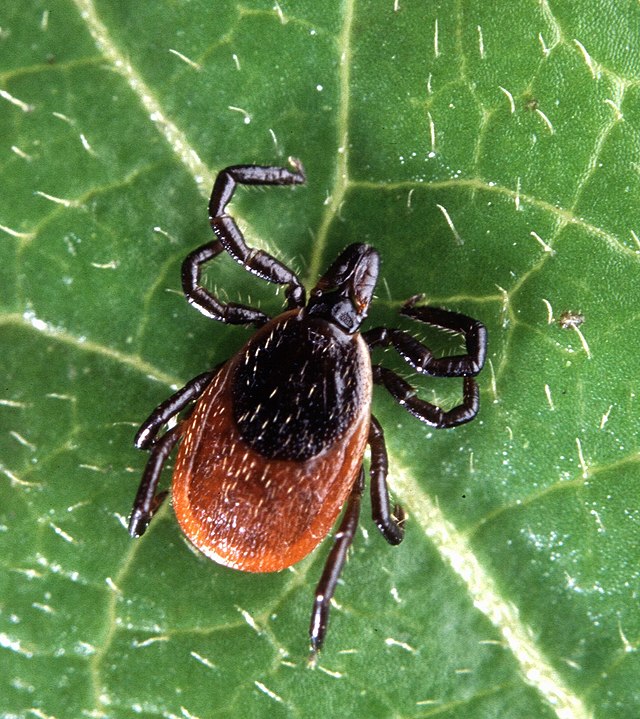The presence of green algae within the developing egg masses of amphibians has been recognized since the early 1900s, but only recently have researchers discovered that the these algae (termed “Oophila”) persist in animal tissues far after leaving the egg. The allure of an unexpected mutualism between an alga and a vertebrate animal (a solar salamander!) is undeniable for both scientists and science journalists, but many authors pump the brakes on coevolutionary explanations until more is understood about the relationship between algae and amphibians at a wider taxonomic level.
Eunsoo Kim and colleagues provide a new perspective on this evolutionary relationship in a new publication appearing in PLOS ONE. Kim and colleagues sampled algal DNA from eggs of four different amphibian species across North America, showing not only a single clade of amphibian-egg algae, but also a partial species-specificity among those algal groups.
We designate this group as the ‘Oophila’ clade, within which the symbiotic algae are further divided into four distinct subclades. Phylogenies of the host amphibians and their algal symbionts are only partially congruent, suggesting that host-switching and co-speciation both play roles in their associations.
These results are another important and encouraging step in fully explaining the beginnings and extent of algal/amphibian symbiosis, while laying the groundwork for some fascinating questions concerning how amphibians allow for this strange association during their development.
Kim E., Lin Y., Kerney R. & Blumenberg L. (2014). Phylogenetic Analysis of Algal Symbionts Associated with Four North American Amphibian Egg Masses, PLOS ONE, 9 (11) e108915. DOI: http://dx.doi.org/10.1371/journal.pone.0108915









